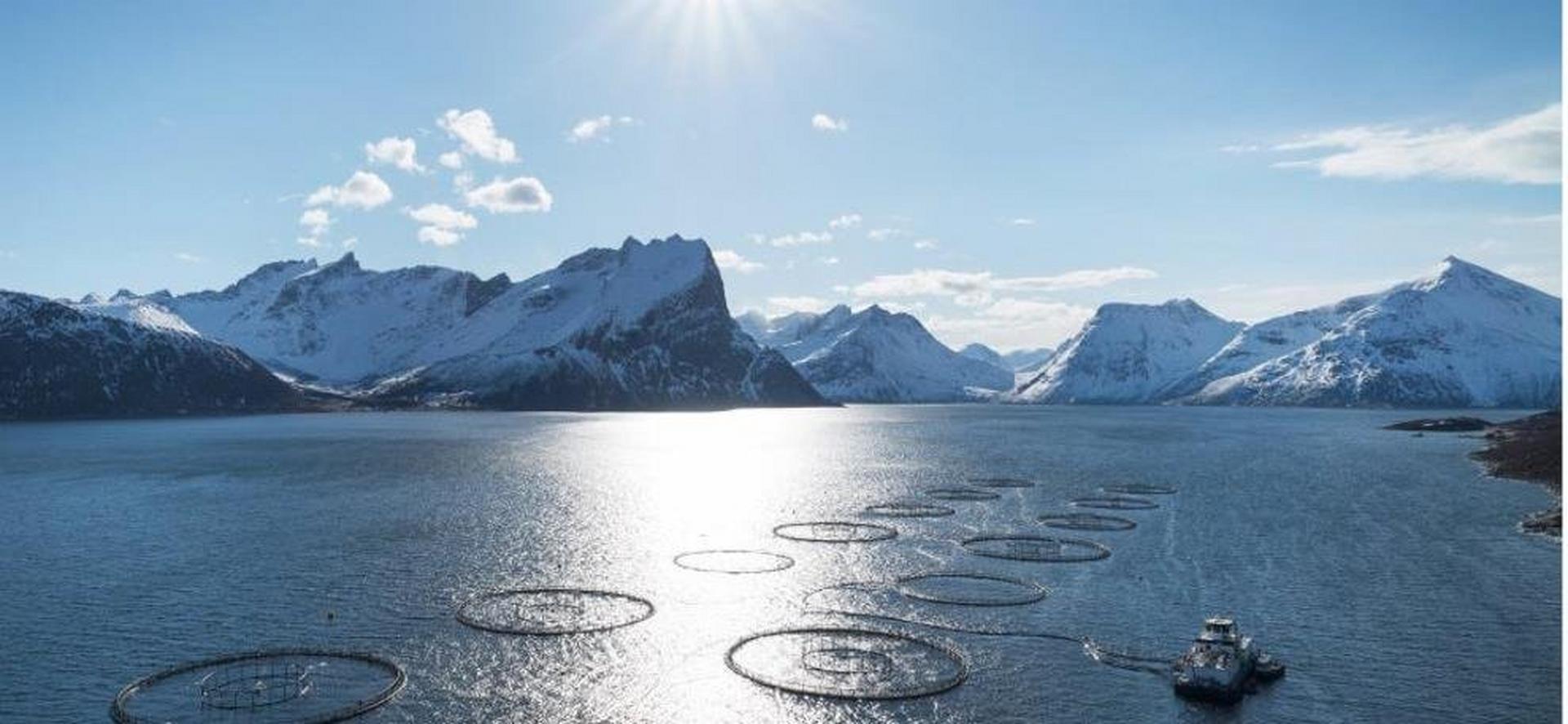Multiple green revolutions within farming increased yields and enabled the growth of prosperous societies. However, the innovations that enabled these improvements are now unintendedly threatening food systems. While effective in the short term, these practices deplete soil nutrients, reduce biodiversity, and contribute to climate change.
Regenerative agriculture, by contrast, restores soil health, enhances biodiversity and improves carbon sequestration while maintaining productivity. By working with nature rather than against it, regenerative
methods promote resilient, nutrient-rich ecosystems and greater long-term sustainability for farmers.
For some farmers, regenerative agriculture is about survival. High input costs, declining soil quality, and the increasing impact of climate change threaten their ability to continue farming. With traditional methods becoming less viable, many farmers are turning to regenerative practices to restore their land, reduce costs, and secure long-term productivity.






